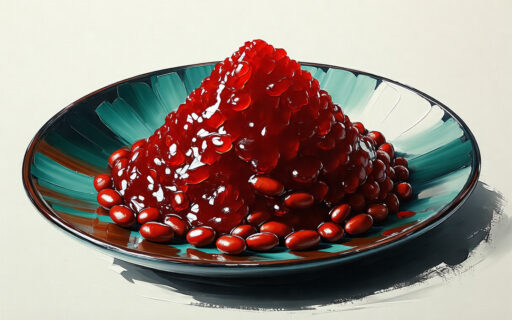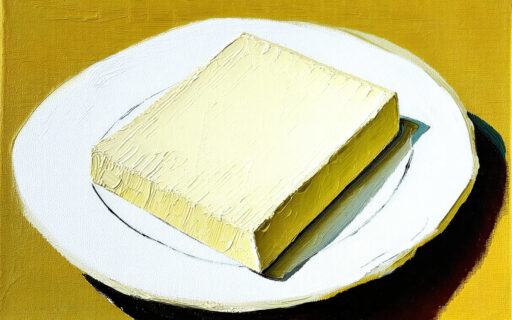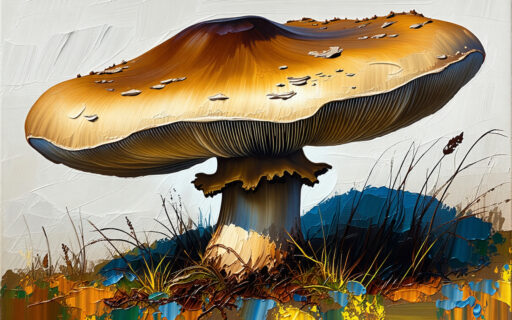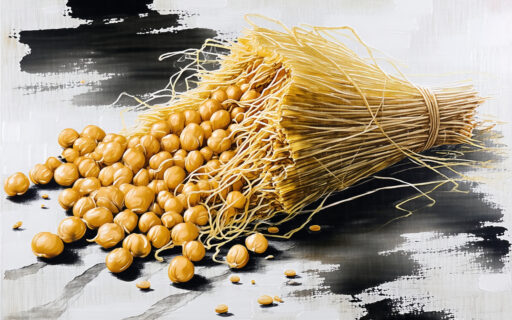- Category
- Others
-
餡子
Anko is a traditional Japanese sweet paste made from boiled red beans. Used in wagashi, bread, ice cream, and more, it’s known for its natural sweetness. There are two types: smooth “koshian” and chunky “tsubuan.”

-
梅干し
Umeboshi are Japanese pickled plums, widely eaten with rice or used in onigiri. Known for their intense sourness and saltiness, they are also valued for preservation and refreshment.

-
大葉
Ohba is a Japanese aromatic herb with a refreshing scent and slight spiciness. It excels in many roles—garnish for sashimi, a star ingredient in tempura, and a subtle accent in pasta—adding brightness and depth to dishes.

-
温泉卵
Originally named after eggs cooked in hot springs, this dish is now made by gently heating eggs at a low temperature. The white is soft while the yolk is creamy, often enjoyed as a snack with sake.

-
柿
A classic autumn fruit in Japan, available in sweet and astringent varieties. When fully ripe, it develops a deep sweetness. Eaten fresh or dried as hoshigaki, persimmons symbolize the arrival of fall.

-
鰹節
Katsuobushi is dried, smoked bonito, known as the hardest food in the world. It is shaved to make “dashi,” the umami-rich broth essential to Japanese cuisine.

-
カレーパン
Karepan is a Japanese-style fried bread filled with curry. Its crispy crust and spicy filling make it a beloved snack, with specialty shops and even a national Karepan Association.

-
きな粉
A fragrant powder made from roasted soybeans, commonly used in Japanese sweets like mochi. Rich in plant protein and minerals, it’s now recognized as a Japanese superfood.

-
高野豆腐
Koya-dofu is a freeze-dried tofu with a sponge-like texture, made by freezing and drying tofu. Rich in plant protein and calcium, it’s often called a “Japanese superfood” for its nutrition and versatility.

-
昆布
Kombu is a type of kelp essential to Japanese cuisine. Harvested mainly in Hokkaido, it provides elegant umami flavor and is often combined with katsuobushi for dashi.

-
椎茸
Shiitake mushrooms are a cornerstone of Japanese cuisine, valued for their rich aroma and umami flavor. They are enjoyed grilled over charcoal or used in soups and stews.

-
筍
A seasonal ingredient in spring, takenoko is a young bamboo shoot known for its tender yet crisp texture. Used in tempura, soups, simmered dishes, and mixed rice.
-
どぶろく
Doburoku is a traditional Japanese unfiltered rice brew made by fermenting steamed rice, koji, and yeast without straining the mash. Unlike nigori sake, it is not pressed, resulting in a thick texture with stronger rice sweetness and umami.

-
納豆
Natto is a traditional Japanese food made from fermented soybeans. It is known for its sticky texture, stringiness, and strong smell. Commonly considered healthy and eaten for breakfast in Japan.

-
生卵
Raw eggs in Japan are safe to eat due to strict hygiene control. Dishes like “tamago kake gohan” highlight the natural flavor of the egg, reflecting Japan’s unique food safety standards and culinary culture.

-
河豚
Fugu is a poisonous fish containing tetrodotoxin, especially in its liver and ovaries—said to be 500 times more toxic than cyanide. In Japan, special licenses are required to prepare it.
